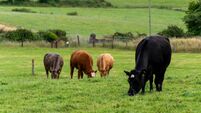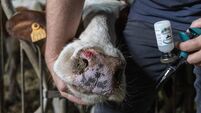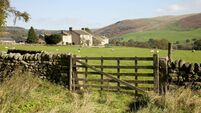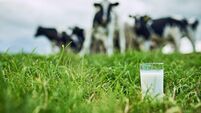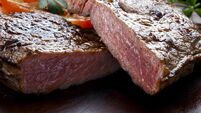ICBF TB scoring – What farmers need to know
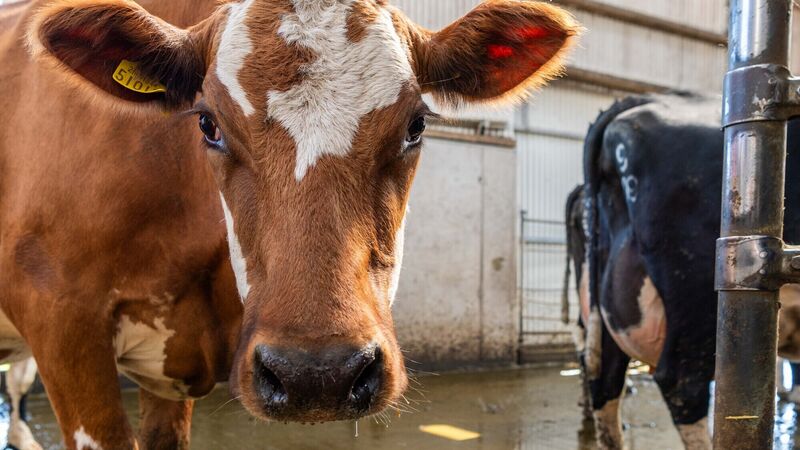
The TB score has an influence of 2-3% on a total EBI animal profile. Picture: Andy Gibson
Selectively breeding for TB resistance should be seen as valuably as vaccination, according to one of the ICBF’s senior geneticists.
Siobhan Ring spoke with the about the ICBF tuberculosis (TB) scoring on animal profiles and what this could mean for your upcoming breeding season.

